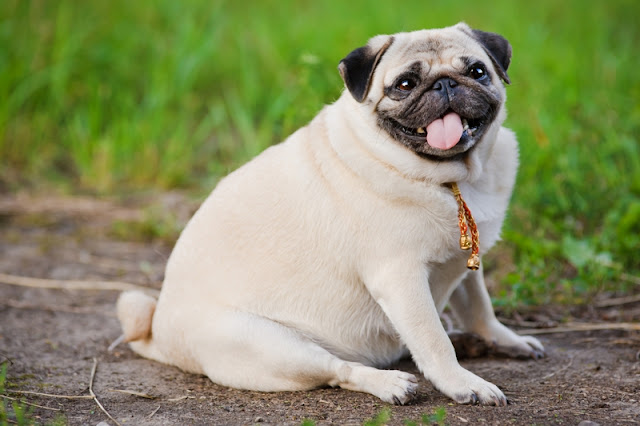dog pulling himself across the floor
Dog scooting on floor
If you’ve ever seen your dog dragging his hind legs across the floor, you may be wondering what’s going on. This behavior, commonly known as “scooting,” can be concerning for dog owners. In this article, we will explore the reasons behind why dogs scoot and how to manage this behavior.
Understanding scooting behavior in dogs
Scooting is when a dog uses his front legs to pull himself forward while dragging his hind legs on the floor. This behavior is typically seen when a dog is trying to alleviate itching or discomfort in the anal area. It can be a sign of several potential issues, including:
- Anal gland problems
- Worm infestation
- Skin allergies or irritation
- Impacted or infected anal glands
If you notice your dog scooting frequently, it’s important to consult with your veterinarian to determine the underlying cause and appropriate treatment.
The role of anal glands
Anal glands, also known as anal sacs, are located on either side of a dog’s anus. These glands produce a strong-smelling fluid that is normally released during bowel movements. The fluid helps dogs mark their territory and communicate with other dogs.
However, sometimes the anal glands can become impacted or infected, leading to discomfort and irritation. When this happens, a dog may try to relieve the discomfort by scooting on the floor. Other signs of anal gland problems include licking or biting at the anal area, foul odor, and swelling.
Treatment and management of scooting behavior
The treatment for scooting behavior depends on the underlying cause. If the issue is related to impacted or infected anal glands, your veterinarian may need to manually express the glands or prescribe medication to reduce inflammation and prevent infection.
In cases where scooting is caused by allergies or skin irritation, your veterinarian may recommend dietary changes, medication, or topical treatments to alleviate the symptoms. It’s important to follow your veterinarian’s advice and monitor your dog’s condition closely.
Additionally, regular grooming and hygiene practices can help prevent anal gland problems and reduce the likelihood of scooting behavior. This includes keeping the anal area clean, trimming the hair around the anus, and ensuring regular visits to the groomer for proper anal gland expression.
Preventing scooting behavior
While it’s not always possible to prevent scooting behavior entirely, there are steps you can take to minimize the occurrence and keep your dog comfortable:
- Ensure your dog’s anal glands are regularly expressed by a professional groomer or veterinarian.
- Keep your dog’s regular grooming appointments to prevent matting or excessive hair around the anus.
- Feed your dog a balanced and high-quality diet to promote overall skin health.
- Keep your dog’s bedding and living area clean to reduce the risk of skin irritation or allergies.
- Monitor your dog’s bathroom habits and bowel movements for any signs of abnormality.
By taking these preventive measures, you can help reduce the likelihood of scooting behavior and ensure your dog’s overall well-being.
When to consult a veterinarian
If your dog’s scooting behavior is persistent, severe, or accompanied by other concerning symptoms, it’s crucial to seek veterinary advice. Your veterinarian will be able to diagnose the underlying cause and recommend appropriate treatment options.
Additionally, if you notice any changes in your dog’s bowel movements, appetite, or behavior, it’s always a good idea to consult with your veterinarian. Early intervention and proper treatment can prevent potential complications and ensure your dog’s health and happiness.
Conclusion
While scooting behavior in dogs can be concerning for dog owners, it is often a sign of underlying issues such as anal gland problems, skin allergies, or infections. By understanding the causes and seeking veterinary advice, you can help manage and alleviate your dog’s scooting behavior. Remember to prioritize your dog’s well-being and consult with a professional whenever necessary.















